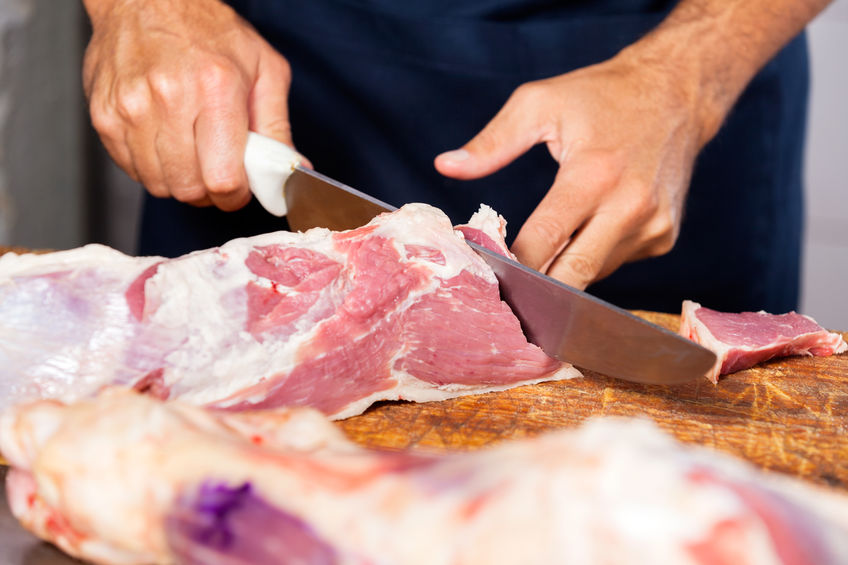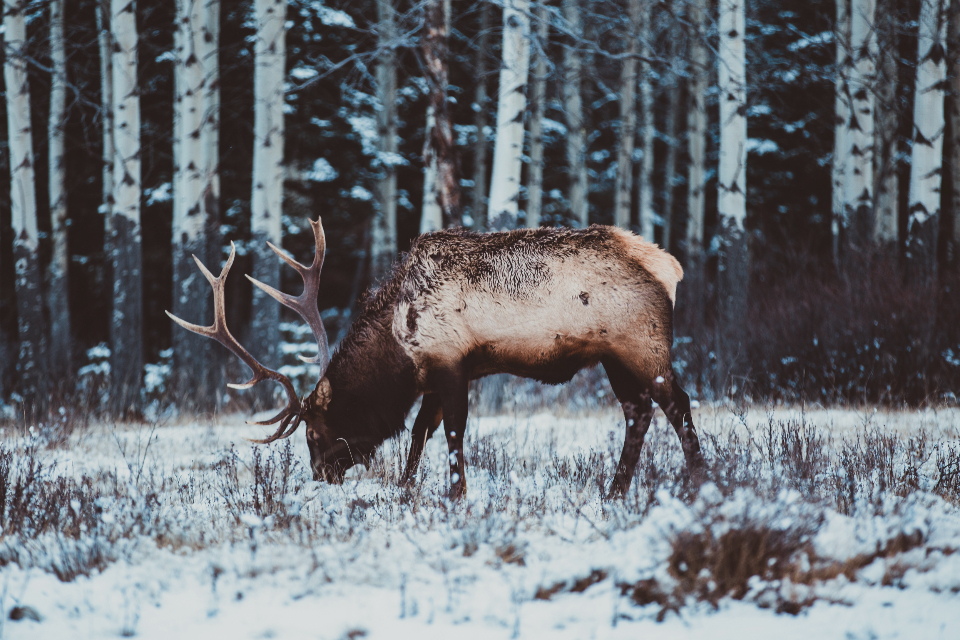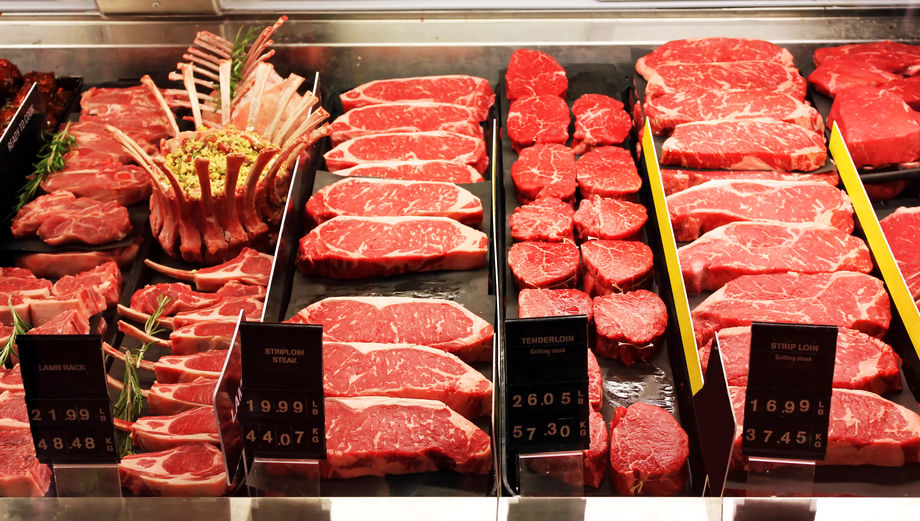
Lesser Known Meat Cuts That You Must Try
Lesser Known Meat Cuts That You Must Try
We all love a good T-bone, spare ribs, tenderloin, and the ever famous filet mignon., but there are dozens of other meat cuts that just might surprise you with their rich, meaty flavors and slide off the bone tenderness. And, a lot of these cuts are cheap, too!
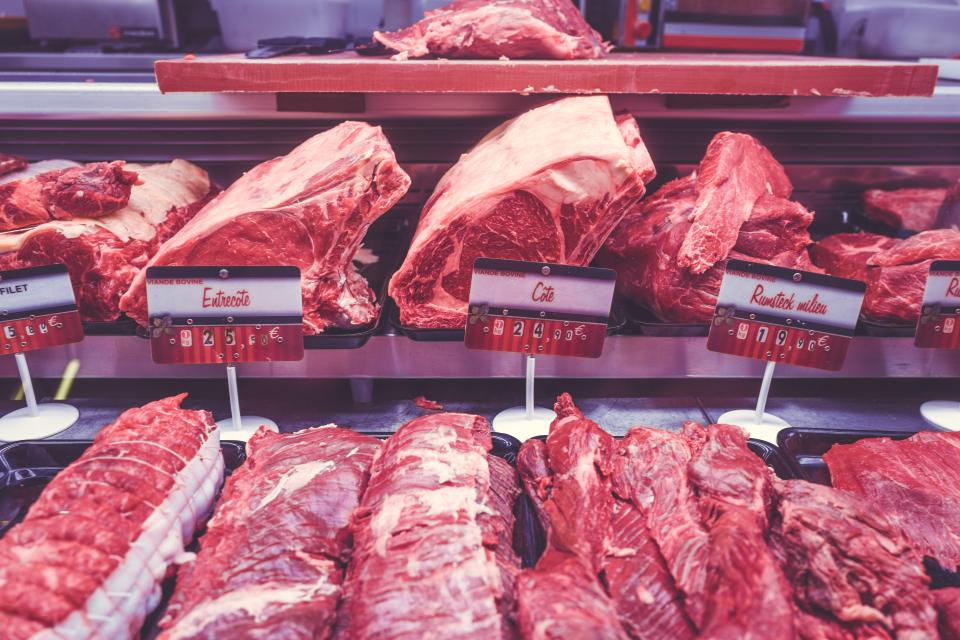 Lesser Known Meat Cuts That You Must Try
Lesser Known Meat Cuts That You Must Try
If you are looking to experiment and try out various meat cuts until you find what suits you best, here is a guide on some of the lesser known meat cuts that you definitely must try. Whether you are looking for amazing flavors, or more affordable alternatives to expensive cuts, we’ve got your back.
Beef Cuts
- Denver steak/ Underblade roast- the tender rib meat from the cattle’s shoulder is deeply flavorful and considerably cheap. It can be cooked whole or as individual steaks, and are great for grilling, smoking, or even par-freezing.
- Chuck flat- right beside the Denver is the chuck flat, which is just as tender but much less fatty. It works as a wonderful and more sustainable substitute for the more popular flank steak. There’s little difference in the flavor and texture, but a lot in terms of price.
- Flap meat/ Vacio steak/ Bavette- this underrated cut is an extremely flavorful and tender (but mildly chewy) piece of meat found in between the loin and the belly, and covered in lots of fat. This meat cut is best for grilling, either as a whole large chunk (we’re talking an easy 4 pounds) or as individual steaks. It’s also a nice alternative for hanger, flank, and skirt steaks.
- Top sirloin cap- this is a very rare but sizeable cut of tender, fatty beef located between the loin and the round. The top sirloin cap can be purchased as a two inch triangular piece of meat. It is composed of three different, rarely used muscles which make it extremely tender, and can easily be cooked by grilling (as steaks) or roasting (as a whole chunk of meat).
- Hanger steak- another rare cut rich with beefy flavors is the hanger steak, which lies among the cattle’s organs such as the diaphragm and kidneys. If you are looking to marinate and grill steaks, this is the best way to go. Although a bit rare, it’s quite known and sells out quickly in local butcher shops.
- Top round cap- aside from the wonderful top sirloin cap, there is also the top round cap, which resembles a skirt steak (and can be cooked as such), and is usually made into ground beef. It’s deep grains make it perfect for marinating, which can then be grilled or broiled.
- Sirloin tip center- hidden among the tough leg muscles of the cattle is the most tender cut of the cattle’s round, which is filled with deep, beefy flavors, and is great for grilling or roasting, and partnered with savory flavors and garnishes.
- Beef shank- this chunk of meat from the cattle’s lower legs is extremely tough, but once it’s braised, all the fat breaks down and the meat absorbs a ton of wonderful flavors. More importantly, the beef shank is the source of the coveted bone marrow, which gives off that rich, buttery flavor.
Other Meats
- Skirt steak- when talking about lesser known pork cuts, there is always the skirt steak, or better known as the secreto. It’s a tiny piece of meat (around 4 to 6 ounces) nestled in between the belly and the spare ribs. It’s wonderfully thin and easy to marinate and tenderize.
- Lamb shoulder- if you are into game, lamb is a wonderful meat for that amazing flavor, and the lamb shoulder gives you just that. It’s extremely versatile, and definitely cheaper than most other cuts of game meat. It’s got a lot of fat and connective tissue which are easy to tenderize over braising or slow-roasting, giving you that delicate, luscious flavor.
One thing that you have to keep in mind is that these cuts may come under a different name, depending on where you are located. Moreover, it’s best to ask your local butcher whether they carry these cuts and are willing to offer them. At the end of the day, it really depends on your butcher what kinds of meat cuts you can get.

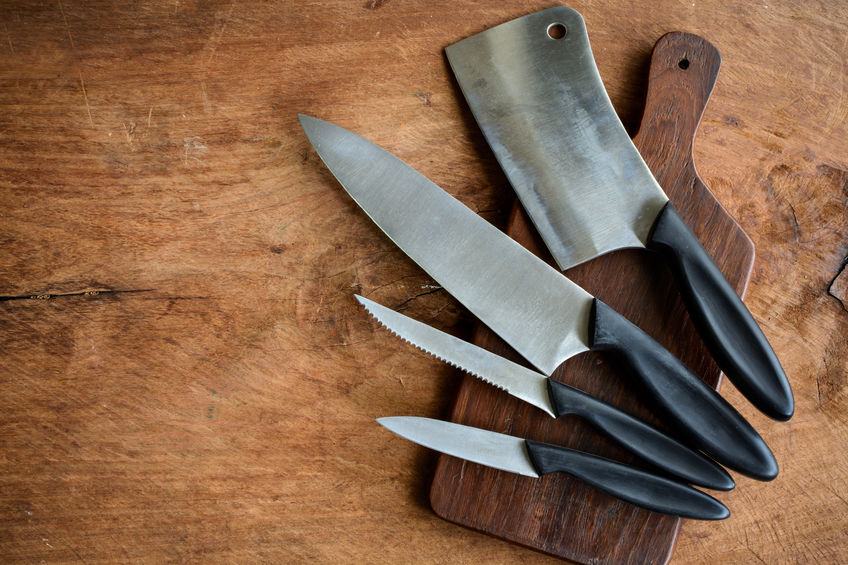
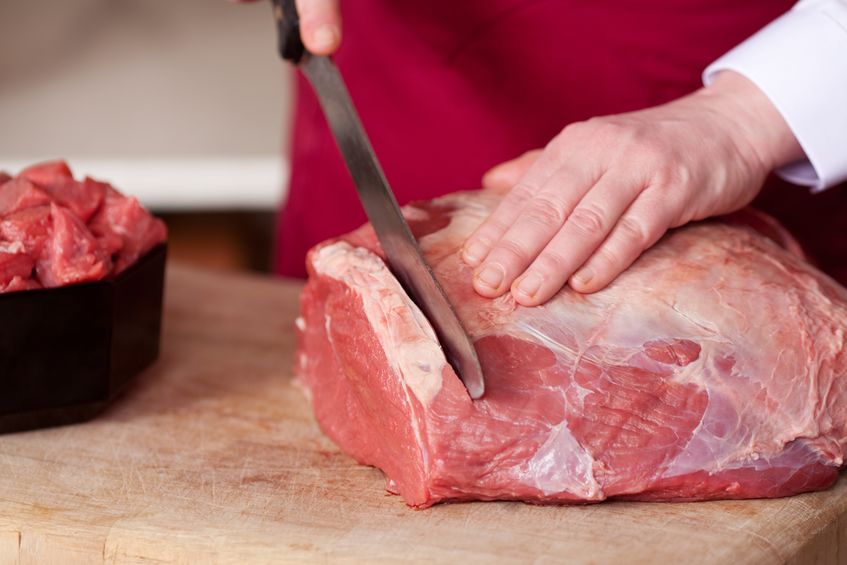 The Different Types of Knives and How to Take Care of Them
The Different Types of Knives and How to Take Care of Them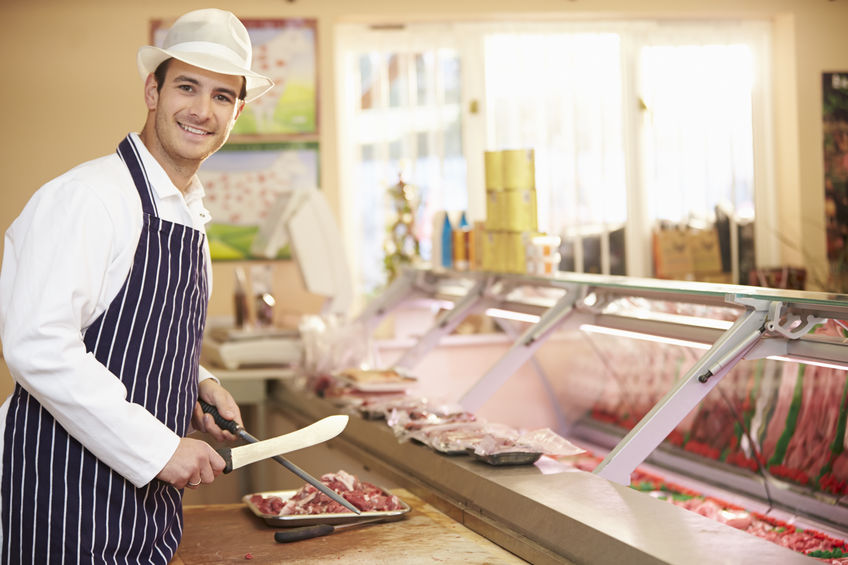
 Got a Meaty Question?
Got a Meaty Question?